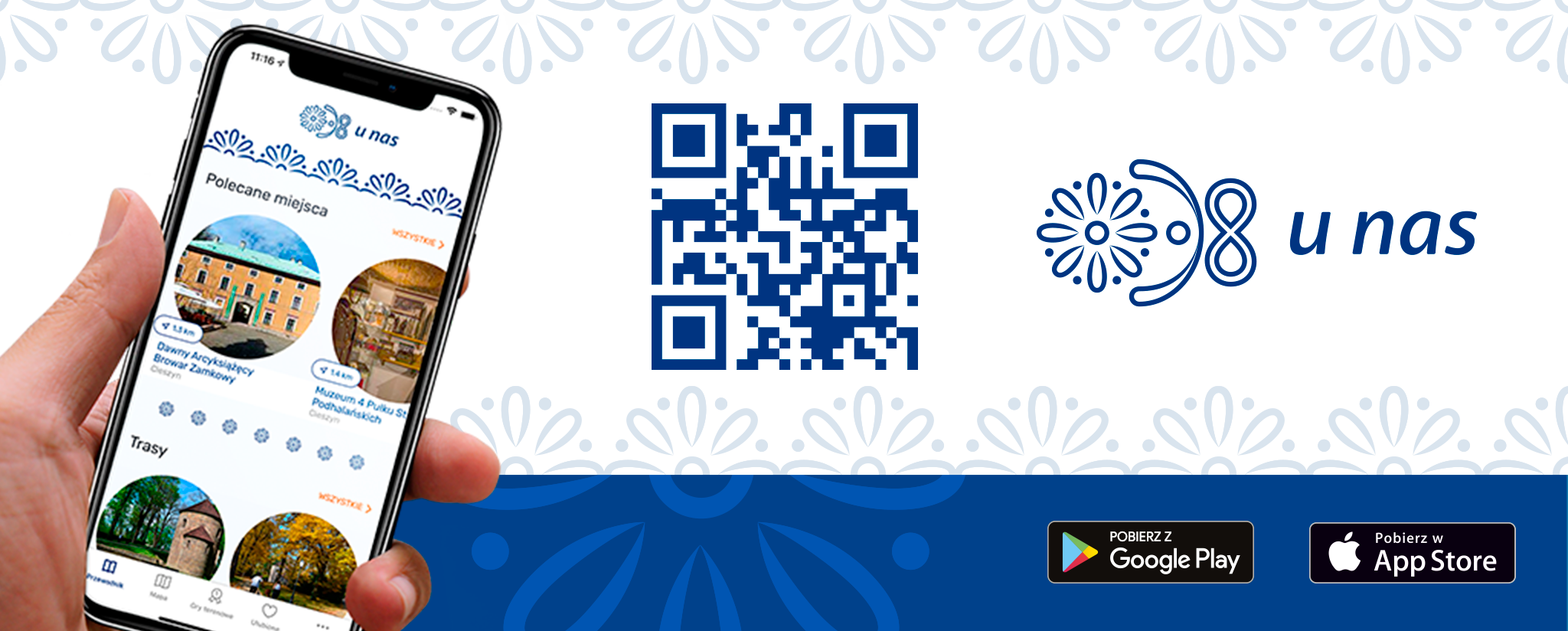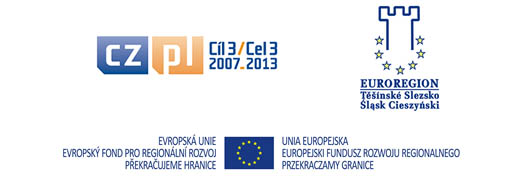8. Przemysław I Noszak (Premislaus I) * 1332/1336 + 1410
The most distinguished Prince of Cieszyn. He was the son of Kazimierz I and Eufemia, the daughter of Trojden I, the Prince of Mazovia. Between 1360 and 1363 he married Elżbieta (* between 1347 and 1350 + January 1374), the daughter of Bolesław, the Prince of Koźle and Bytom. Przemysław and Eżbieta had three children: Przemysław, who was expected to become the Prince of Oświęcim; Bolesław, who was expected to inherit the Duchy of Cieszyn after his father's death; and Anna, who married the Prince of Lubin, Henryk IX.
One of the most outstanding Silesian Piasts of the Middle Ages. From 1355 he had taken an active part in politics, over the years becoming one of the most prominent figures at the court of the kings of Bohemia; Emperor Charles IV and King Vaclav IV. In their service he acted as an envoy in many, often very important, diplomatic missions. In 1361 he successfully brought about an agreement between Charles IV and the Brandenburg Margrave Charles V. In the same year he assisted in the acquisition of the inheritance of Louis Wittelsbach by Charles IV. In addition he supervised the affairs of Emperor Charles in Brandenburg. He also successfully caused the breaking of the alliance of the King of Hungary, Louis the Great of Andegavenia and the German princes. Their support of Louis was an attempt to prevent the seizure of Brandenburg by the Luxembourgs.
Przemysław Noszak started his great political career, which was to reach European proportions, in 1380. That year he was entrusted with an important, though ultimately unsuccessful, mission to Paris, where his task was to uphold the imperilled alliance of Bohemia with France. The reason for the state of friction between the Bohemian Luxembourgs and the House of Valois was the support of the King of Bohemia for Pope Urban VI while Charles V of France backed the anti-pope, Clemence VII. After returning from Paris Przemysław travelled to England at the end of 1380 where he conducted negotiations concerning the marriage of Anne, the daughter of Charles IV, to the King of England, Richard II. Przemysław received an allowance of 500 pounds sterling annually from King Richard as a reward for successfully discharging his task. On his return from England he again travelled to Paris in order to conclude a peace between England and France during the Hundred Years' War. His task had also been to improve political relations between Vaclav IV and the King of France.
The First Reich played an important role in his diplomatic endeavours, Przemysław taking part in numerous diets. At the beginning of the 1380s he was appointed by Vaclav IV as a vicar apostolic of the Holy Roman Empire for the Germanic countries. He was charged with diffusing the tense atmosphere in the Reich. In 1384, acting jointly with Jodok, the Margrave of Moravia and the Rhenish Palatine, Ruprecht, he successfully managed to bring about a truce – in Heidelberg – and then a peace – in Koblenz – between the two warring factions. In 1389, he mediated between the German princes in the conflict with the Union of Towns as he had done several times before, on that occasion unsuccessfully. In spite of that he was charged to take part in the negotiations regarding the establishment of the border between Bohemia and Meissen.
In the second half of the 1380s Przemysław Noszak played a significant role in the domestic affairs of Bohemia. From 1385 to 1386 he successfully mediated between Bohemian and foreign professors at the University of Prague. He managed to stave off the conflict which, however, was later to lead to foreign professors leaving Prague. Also in 1386 he held the position of Governor of Bohemia during the absence of King Vaclav IV.
Przemysław Noszak found himself in an uncomfortable position as a result of the re-assertion of the national consciousness of middle and upper Bohemian nobility. They were opposed to foreigners having too great an influence on the state in the final twenty five years of the 14th century. As a result of this Prince Przemysław was removed from office and his place in the royal council was taken by the Prince of Opava and Racibórz. The resulting animosity between the two princes culminated in the murder in 1406 of Przemysław's son, also Przemysław. The conflict almost ended in war, averted by the peace contracted in Żory on 7 November 1407.
Unrest in Bohemia and the subsequent weakening of the state led to different reactions in various parts of the country. First in 1387 and then later, e.g. in 1402, the Silesian princes, nobility and burghers organised the Silesian Union, whose goal was to uphold domestic harmony in the region and peace with its neighbours. This coincided with the growing activities of lawless bands. Przemysław Noszak was appointed as one of the leaders of the Union, owing to his extensive diplomatic experience and great authority. The result of Noszak's efforts, with the participation of other Silesian princes, was an agreement contracted with the King of Poland, Władysław Jagiełło, on 12 June 1397, which obliged both parties to stamp out banditry on the borderlands. At that time Przemysław Noszak gained the trust of Władysław Jagiełło, who gave permission for the Lubliniec and Olesno lands to be given to Noszak as a pledge by the Cracow voivod Spytko of Melsztyn for the sum of 1000 Prague marks. Spytko had received these lands from Jagiełło, who in turn had gained them in 1396 in a war with Władysław of Opole. Przemysław retained the pledge until 1401. Another example of the Prince of Cieszyn's involvement in Silesian politics is his mediation in 1406 in the dispute between Ofka, the widow of the Prince of Opole, Władysław, and the Prince of Niemodlin, Bernard. In 1410 Przemysław Noszak engaged in negotiations between Poland and the Teutonic Knights in order to bring about the end of the war between the two sides. The negotiations were unsuccessful.
Familial relations caused him to become involved in Mazovia, as the nephew of the Mazovian Princes, Janusz I and Siemowit IV. He took part in both weddings of Małgorzata, the daughter of Siemowit IV. Her first marriage, in April 1369, was to Kaźko of Słupsk, Kazimierz Wielki's candidate for the Polish throne. After Kaźko's death Małgorzata married the Prince of Lubin, Henryk z Blizną (Henry the Scarface), in July 1379. In addition Przemysław acted as an arbitrator on Małgorzata's behalf in establishing her dowry.
Przemyslaw's strong position at the Prague court, along with his foresight and shrewdness helped him to acquire large tracts of territory in Silesia, making him the most powerful Silesian Piast at the turn of the 14th century. Firstly he and his father, Prince Kazimierz, acquired half of the Duchy of Koźle and Bytom in 1355 during negotiations in Prague. To be more precise he gained the Toszek and Pyskowice lands and half of the Bytom and Gliwice lands as the guardian of Elżbieta, Eufemia and Bolka, the juvenile daughters of Bolesław, who had died in 1354. The Koźle Castellany came into the possession of Konrad, Prince of Oleśnica, as a result of his earlier marriage with Eufemia, the daughter of Władysław of Koźle and Bytom (and Kazimierz's sister). Also in Konrad's favour was his being the representative of Eufemia's two sisters, Agnieszka and Katarzyna. Prince Władysław's widow, Lukarda, received the remaining half of the Bytom lands. These resolutions were ratified by Charles IV in 1358 in Prague. Also in Prague, in 1355, the marriage between Przemysław and Elżbieta was arranged. The basis of the two princes' attempts to acquire the inheritance was the privilege granted to the Bytom princes by John of Luxembourg in 1327 which permitted the Duchy of Bytom to pass to the daughters of the Prince of Bytom were there to be no male successor. In the 1350s and 1360s the Cieszyn Princes carried on a bitter dispute over the inheritance with Konrad of Oleśnica, who initially attempted to acquire the whole of the Bytom Piasts' inheritance and later Princess Lukarda's share – with her approval. The dispute was finally resolved on 26 January 1369 when, as a result of drawing lots, the Prince of Cieszyn was given the southern part of Bytom and the south-east portion of the Bytom lands, while the Prince of Oleśnica received the north-west portion. In 1372 Przemysław received an expectancy for the Duchy of Oświęcim from Charles IV, which he acquired in 1405 following the death of Prince Jan III. Meanwhile he also came into the possession of Siewierz and the Siewierz lands. In 1384, thanks to the support of Vaclav IV, Przemysław obtained part of the Duchy of Głogów and half of Głogów. In the following year he bought Strzelin from Bolko, Prince of Ziębice.
Towards the end of his life Przemysław divided up his duchy. His only surviving son, Bolesław, received the Duchy of Cieszyn, half of Głogów and the accompanying part of the Duchy of Głogów, the part of the Duchy of Koźle and Bytom he was entitled to, Góra and Siewierz. The son of the murdered Prince Przemysław, Kazimierz, received the Duchy of Oświęcim, Strzelin, Toszek, Kęty and Zator.
Przemysław Noszak's politics within the Duchy of Cieszyn are less well documented.
(K. Jasiński, Rodowód, pp. 140-144, J. Spěvaček, Vaclav IV, passim, id., Karel IV, passim, I. Panic, Działalność polityczna, pp. 28-45, id., Służba dyplomatyczna, pp. 17-25)a










